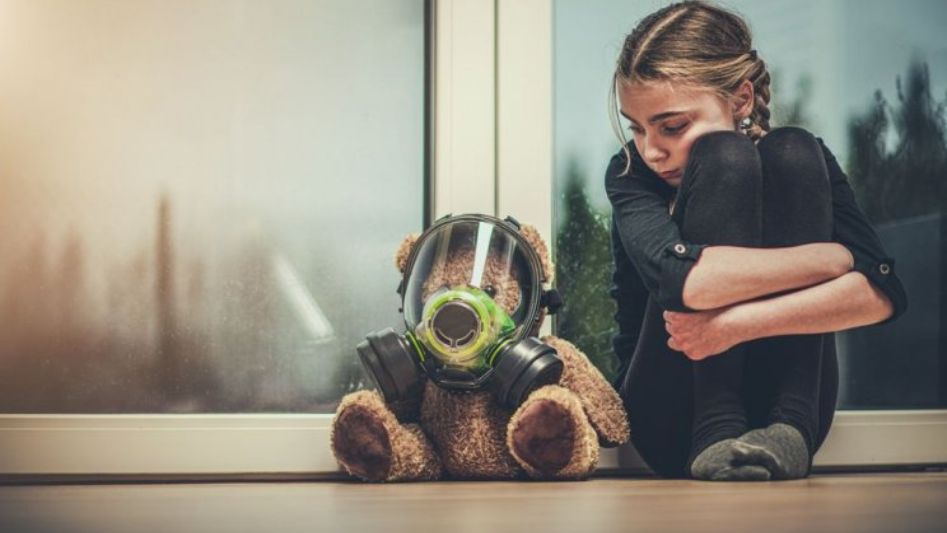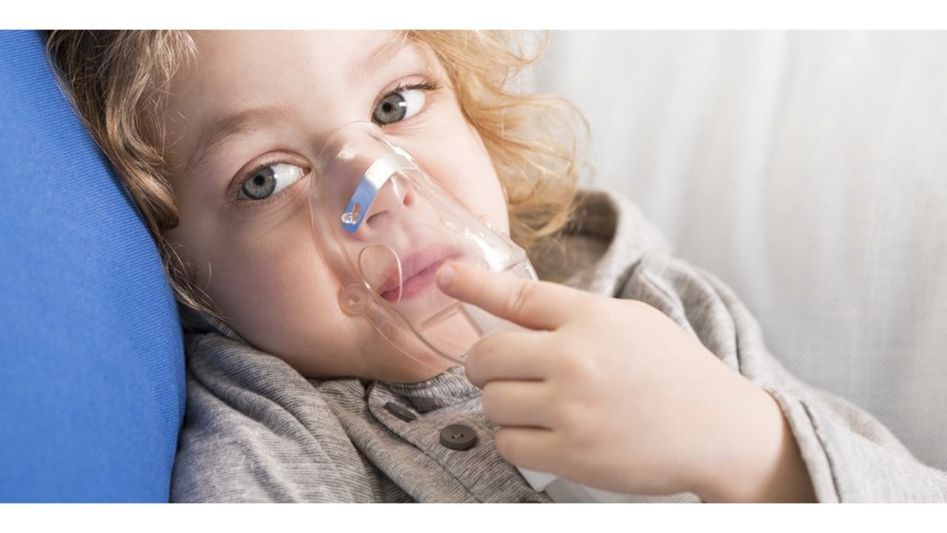Clean air is essential for maintaining good health and overall well-being. While much attention has been given to outdoor air pollution, the quality of indoor air is equally crucial, considering the amount of time we spend indoors. Indoor air pollution, often referred to as the “silent killer,” can have a significant impact on our health and quality of life. This article delves into the sources, types, and consequences of indoor air pollution, highlighting the urgent need for awareness and effective mitigation strategies.
Table of Contents

Sources of Indoor Air Pollution
Indoor air pollution originates from various sources within our homes, workplaces, and other enclosed spaces. Common sources include:
- Combustion Appliances: Gas stoves, wood-burning fireplaces, and kerosene heaters can emit pollutants like carbon monoxide, nitrogen dioxide, and particulate matter.
- Tobacco Smoke: Smoking indoors releases a mix of toxic chemicals, including nicotine, formaldehyde, and benzene, which can linger in the air and adversely affect both smokers and non-smokers.
- Volatile Organic Compounds (VOCs): VOCs are emitted from household products like paints, cleaning agents, air fresheners, and new furniture. These chemicals can lead to respiratory problems and other health issues.
- Building Materials: Some building materials, such as asbestos and lead-based paints, release hazardous particles and gases over time, contributing to indoor air pollution.
- Biological Contaminants: Mold, pollen, dust mites, and pet dander are common biological pollutants that can trigger allergies and exacerbate respiratory conditions.
Types of Indoor Air Pollutants
Indoor air pollutants can be categorized into various groups based on their properties and sources:
- Particulate Matter: These are tiny airborne particles that can enter the respiratory system, leading to irritation and inflammation. PM2.5 and PM10 are particularly concerning due to their ability to penetrate deep into the lungs and even enter the bloodstream.
- Gaseous Pollutants: Gases like carbon monoxide (CO), nitrogen dioxide (NO2), and sulfur dioxide (SO2) can result from combustion processes and lead to respiratory problems and even cardiovascular issues.
- VOCs: VOCs, released from paints, cleaning products, and furnishings, can contribute to the formation of ground-level ozone and smog. Long-term exposure has been linked to respiratory illnesses and other health concerns.
- Biological Contaminants: Mold spores, pollen, and other biological pollutants can trigger allergies, asthma, and other respiratory conditions.

Consequences of Indoor Air Pollution
The effects of indoor air pollution on human health can be substantial and wide-ranging:
- Respiratory Issues: Prolonged exposure to indoor pollutants can exacerbate asthma symptoms and lead to the development of respiratory infections, bronchitis, and other chronic lung diseases.
- Cardiovascular Problems: Certain indoor pollutants, like carbon monoxide and fine particulate matter, have been linked to an increased risk of heart disease, stroke, and hypertension.
- Allergies and Asthma: Biological contaminants and VOCs can worsen allergy symptoms and trigger asthma attacks, especially in children and individuals with preexisting conditions.
- Cognitive Impact: Emerging research suggests a potential link between indoor air quality and cognitive function, with poor air quality being associated with reduced concentration, memory issues, and even cognitive decline.
Mitigation Strategies
Raising awareness and adopting effective strategies can significantly improve indoor air quality and mitigate its harmful effects:
- Ventilation: Proper ventilation, like using exhaust fans, opening windows, and ensuring good air circulation, helps in reducing the concentration of indoor pollutants.
- Source Control: Minimize the use of products containing VOCs, avoid smoking indoors, and maintain appliances properly to reduce their emissions.
- Air Purification: Use high-efficiency particulate air (HEPA) filters to capture particles and invest in air purifiers capable of removing gases and odors.
- Regular Cleaning: Regular cleaning practices, especially in damp areas, can prevent mold growth and minimize biological pollutants.
- Healthy Lifestyle: Maintaining a healthy lifestyle through regular exercise, a balanced diet, and staying hydrated can help the body cope better with the effects of indoor air pollution.

Conclusion
Indoor air pollution is a hidden threat that impacts people’s health and well-being on a daily basis. Recognizing the sources, types, and consequences of indoor pollutants is crucial for making informed decisions to safeguard our indoor environments. By implementing effective mitigation strategies, raising awareness, and adopting healthier habits, we can ensure that the air we breathe indoors is clean and conducive to a healthier life.
FAQs
What is indoor air pollution?
Indoor air pollution refers to the presence of harmful pollutants, including gases and particles, within enclosed spaces such as homes, offices, and schools. These pollutants can originate from various sources and significantly affect our health.
What are the sources of indoor air pollution?
Common sources include combustion appliances (stoves, heaters), tobacco smoke, volatile organic compounds (VOCs) from cleaning products, building materials, and biological contaminants like mold and pollen.
What are the types of indoor air pollutants?
Indoor air pollutants can be categorized into particulate matter (PM), gaseous pollutants (carbon monoxide, nitrogen dioxide), volatile organic compounds (VOCs), and biological contaminants (mold, pollen, pet dander).
What are the health consequences of indoor air pollution?
Indoor air pollution can lead to respiratory issues, cardiovascular problems, allergies, asthma exacerbation, and potential cognitive impacts like reduced concentration and memory problems.
You May Also Like
- THE ECONOMIC BENEFITS OF POLLUTION CONTROL: SAVING MONEY AND THE ENVIRONMENT
- THE ROLE OF GOVERNMENT POLICIES IN CONTROLLING POLLUTION
- FROM POLLUTION TO POWER: HOW RENEWABLE ENERGY CAN TRANSFORM OUR WORLD
- POLLUTION SOLUTIONS: HOW RENEWABLE ENERGY CAN HELP
- THE HIDDEN COSTS OF FOSSIL FUELS: A DEEP DIVE
